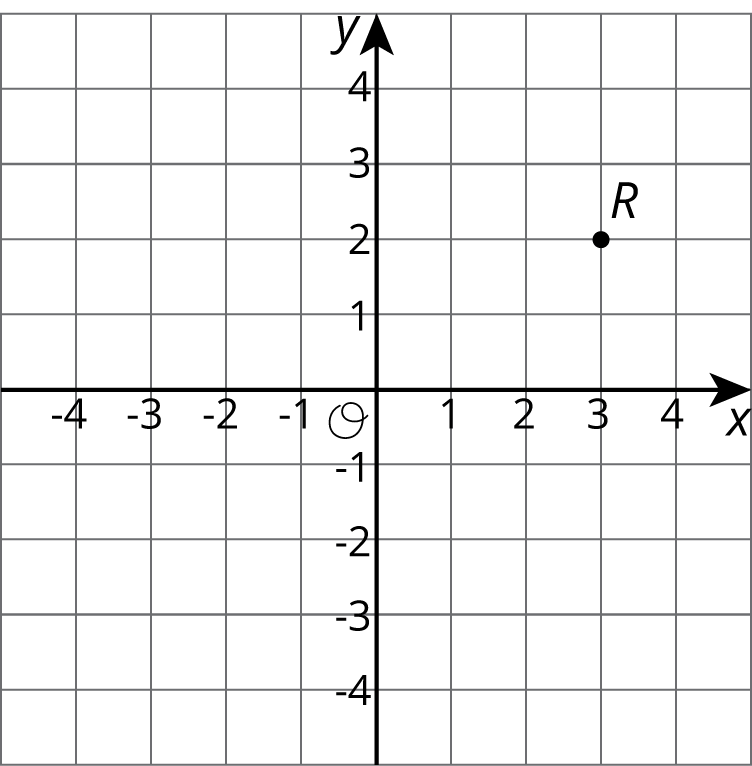Lesson 4
Coordinate Moves
Lesson Narrative
Students continue to investigate the effects of transformations. The new feature of this lesson is the coordinate plane. In this lesson, students use coordinates to describe figures and their images under transformations in the coordinate plane. Reflections over the \(x\)-axis and \(y\)-axis have a very nice structure captured by coordinates. When we reflect a point like \((2,5)\) over the \(x\)-axis, the distance from the \(x\)-axis stays the same but instead of lying 5 units above the \(x\)-axis the image lies 5 units below the \(x\)-axis. That means the image of \((2,5)\) when reflected over the \(x\)-axis is \((2,\text-5)\). Similarly, when reflected over the \(y\)-axis, \((2,5)\) goes to \((\text-2,5)\), the point 2 units to the left of the \(y\)-axis.
Using the coordinates to help understand transformations involves MP7 (discovering the patterns coordinates obey when transformations are applied).
Learning Goals
Teacher Facing
- Draw and label a diagram of a line segment rotated 90 degrees clockwise or counterclockwise about a given center.
- Generalize (orally and in writing) the process to reflect any point in the coordinate plane.
- Identify (orally and in writing) coordinates that represent a transformation of one figure to another.
Student Facing
Let’s transform some figures and see what happens to the coordinates of points.
Required Materials
Learning Targets
Student Facing
- I can apply transformations to points on a grid if I know their coordinates.
Glossary Entries
-
coordinate plane
The coordinate plane is a system for telling where points are. For example. point \(R\) is located at \((3, 2)\) on the coordinate plane, because it is three units to the right and two units up.

Print Formatted Materials
For access, consult one of our IM Certified Partners.
Additional Resources
| Google Slides | For access, consult one of our IM Certified Partners. |
|
| PowerPoint Slides | For access, consult one of our IM Certified Partners. |